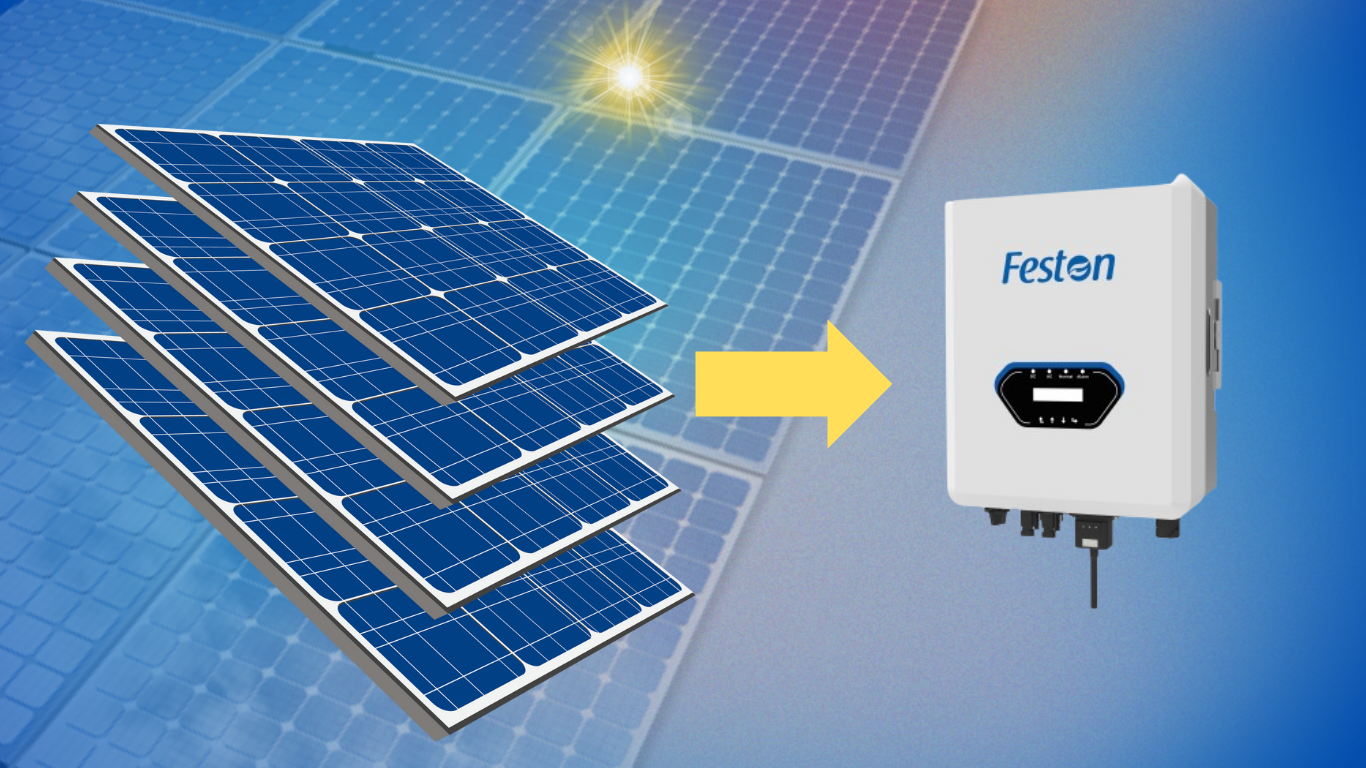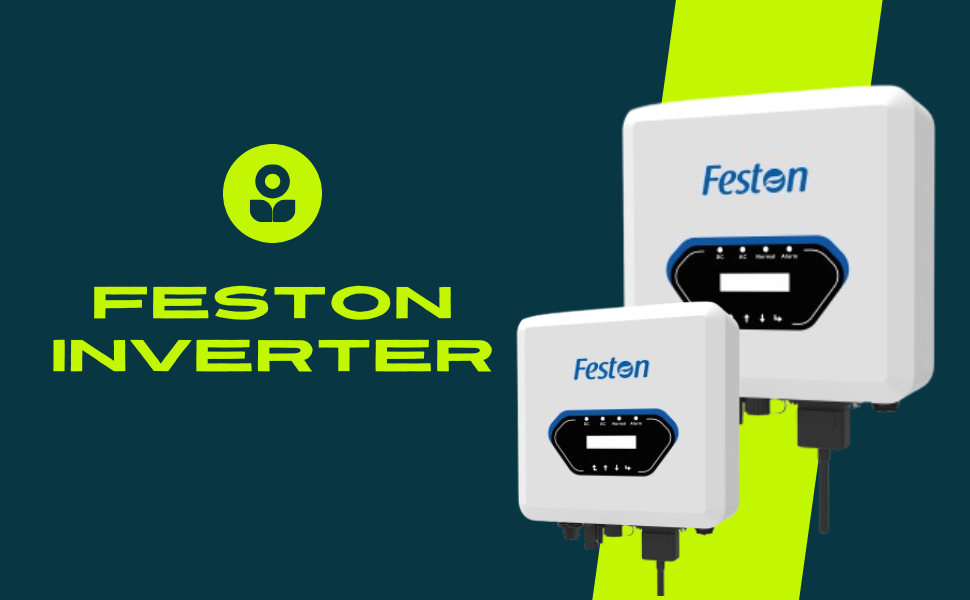In a solar power setup, solar panels may take the spotlight, and batteries provide energy storage—but quietly working in the background is a small but critical component: the solar charge controller. This device acts as the guardian and regulator of your system, ensuring your batteries charge safely, efficiently, and last as long as possible.

In a solar power setup, solar panels may take the spotlight, and batteries provide energy storage—but quietly working in the background is a small but critical component: the solar charge controller. This device acts as the guardian and regulator of your system, ensuring your batteries charge safely, efficiently, and last as long as possible.
Whether you're building a new solar system or upgrading an existing one, understanding how solar charge controllers work is essential. In this blog, we’ll explore what they are, why you need one, the different types, and how to choose the right one for your setup.

A solar charge controller regulates the voltage and current coming from your solar panels before it reaches the battery. It ensures that batteries are charged properly and not overcharged, which can shorten their lifespan or damage them.
In off-grid and hybrid solar systems, a charge controller is essential for battery safety, system efficiency, and long-term performance.
Without a charge controller:
Batteries may overcharge, causing overheating or damage
Energy may flow backwards at night, draining batteries
You lose control over how your system handles different charge levels
With a charge controller, you benefit from:
Stable battery voltage
Protection from overcharging/discharging
Enhanced battery life
Better power management
How it works:
PWM controllers slowly reduce the amount of power going to the battery as it nears full charge, helping to avoid overcharging.
Pros:
Affordable
Simple and reliable
Good for small systems
Cons:
Less efficient with larger systems or higher voltage arrays
Wastes some energy when converting panel voltage
Best for:
Small solar systems with limited battery capacity (like RVs, boats, or cabins)
How it works:
MPPT controllers optimize the voltage from the solar panel and convert it to the best level for charging the battery — extracting maximum power output.
Pros:
Up to 30% more efficient than PWM
Ideal for larger systems and colder climates
Handles higher voltages
Cons:
More expensive
Slightly more complex setup
Best for:
Medium to large solar systems, especially where panel voltage is higher than battery voltage
System Voltage Compatibility (12V, 24V, 48V)
Current Rating (Amps)
Display or Monitoring Options (LCD, mobile app)
Temperature Compensation for battery health
Battery Type Support (AGM, Lithium, Gel, Lead-Acid)
Choosing a controller that matches your panel wattage and battery type is crucial for optimal performance.
Off-grid solar systems
Battery-based solar backups
Remote cabins or solar lighting
RV and campervan setups
Solar-powered surveillance systems
Any solar energy system with a battery needs a charge controller for safe, efficient operation.